A new report commissioned by Scotland's Centre of Expertise for Waters (CREW) has highlighted the need for improved management of hydropower facilities to address the challenges posed by climate change and maximise their output.
The report, published today, emphasises the importance of mitigating the impacts of sediment buildup on hydropower operations and river ecosystems.
While hydropower plays a crucial role in Scotland's renewable energy transition, the increasing volume of sediment carried by rivers due to climate change can significantly impact the performance of hydropower facilities and disrupt river ecosystems.
The report, which involved collaboration with hydropower companies, Scottish Canals, SEPA, and NatureScot, outlines a series of recommendations to address these challenges, including:
• Improving sediment management: Implementing strategies to reduce sediment entering waterways through measures such as tree planting, peatland restoration, and improved land management practices.
• Increasing awareness: Raising awareness among hydropower operators and stakeholders about the commercial and environmental risks associated with sediment buildup.
• Fostering collaboration: Creating a Scottish community of hydropower practitioners to facilitate knowledge sharing and best practice exchange.
The report also highlights public support for improved river management, with a survey indicating that Scottish households would be willing to contribute an average of £52 per year towards better river management initiatives.
By implementing these recommendations, Scotland can ensure that its hydropower sector remains resilient to the impacts of climate change while continuing to contribute to the country's renewable energy goals.
Professor Richard Williams, of the University of Glasgow's School of Geographical & Earth Sciences, led the report's research. He said: "The research highlights the complex balance that needs to be maintained between meeting Scotland's renewable energy needs and ensuring the environment is properly protected. While hydropower is vital for meeting climate change targets, care must be taken to minimise its impacts on river health and ecosystems.
"The project also demonstrated that there is a desire within the hydropower community for further discussion and knowledge exchange activities regarding best practice activities. If this can be achieved, it would likely maintain or improve river health and make this industry, and river catchments, more resilient in the face of expected climate changes.
"We hope that the work we've done with our partners will provide valuable new insight for the hydropower community, empowering them to take appropriate action to ensure that impoundments can work as efficiently as possible for the benefit of all."
Dr Chris Bromley, Senior Hydromorphologist at the Scottish Environment Protection Agency (SEPA), said: "SEPA recognises the importance of Scotland's water environment and the components that contribute to healthy river habitats. The continuity of sediment transport in rivers is one of the components that can be interrupted by hydropower operations resulting in adverse environmental and commercial impacts.
"We are delighted to see that the University of Glasgow and cbec eco-engineering have proactively taken steps to produce some excellent guidance material that will help operators in understanding the environmental importance of sediment and raise awareness on the importance of correctly managing sediment in a climate-changing world."
Grace Gubbins, Sustainable Development Officer at NatureScot, said: "We welcome environmental energy sources like hydropower, but it's vital that we consider any impacts on nature. That's why NatureScot is keen to be involved in partnership work like this, reducing any negative impacts on wildlife.
"Sediment is a vital habitat for many species, some of which help break down and clean water, as well as providing nursery grounds for fish. The recommendations from this study will help us work together, in the face of the climate emergency, to protect river habitats, fish, birds and insects."
Dr Olivia Lassiere, Environment Manager, Scottish Canals, said; "As a major operator of water in Scotland through our canals and reservoirs we're already feeling the impact of climate change. Research like this is incredibly important to us as we seek to manage our water infrastructure and adapt to projected climate change impacts whilst protecting Scotland's rich wildlife and environment.
"We are delighted to have been involved in this project led by the University of Glasgow and cbec eco-engineering and look forward to continuing to engage with the water infrastructure management community."
Construction News
22/01/2025
Scotland Must Improve Hydropower Resilience
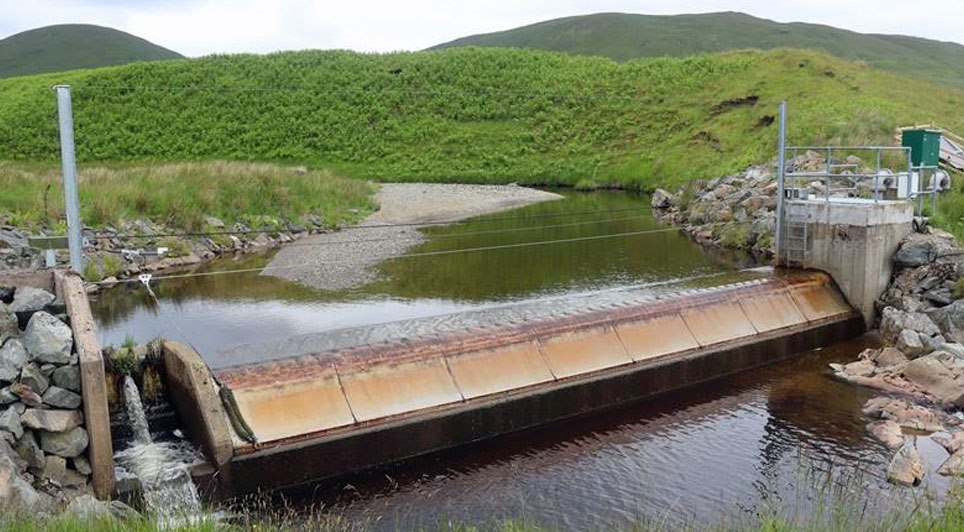
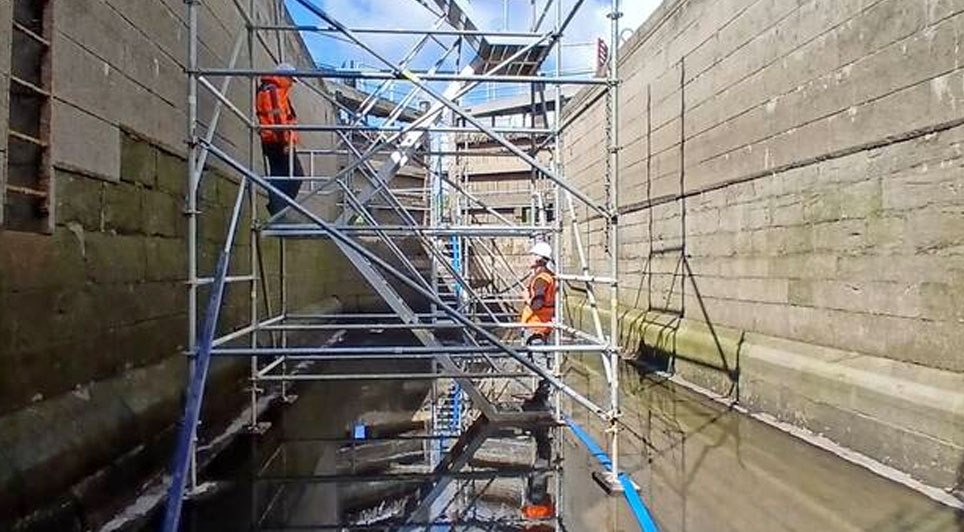
11/07/2025
Scottish Canals has announced that it is now halfway through its significant engineering programme on the Falkirk Flight of the Forth & Clyde Canal, an ambitious project spanning from locks 3 to 16.
This undertaking represents the biggest single investment in Scotland's canals since the Millennium

11/07/2025
The Construction Industry Training Board (CITB) has announced the elite line-up of finalists for SkillBuild 2025, bringing the nation's most promising construction trainees and apprentices one step closer to being crowned the best in their trade. Recognised as the largest and longest-running industr

11/07/2025
The Eastern Green Link 2 (EGL2) project has confirmed a temporary adjustment to working hours at its converter station site near Boddam, Peterhead.
This strategic decision is designed to facilitate crucial construction activities and ensure the timely delivery of this nationally significant energy

11/07/2025
Aberdeen-based manufacturer Nexos has announced a significant boost to its operations, with its heating, ventilation, and air conditioning (HVAC) team securing £8 million in new contracts since January this year.
This latest achievement follows a period of substantial growth for the firm, which re

11/07/2025
Glasgow-based construction firm CCG (Scotland) Ltd is celebrating a significant achievement as three of its landmark residential developments have been shortlisted as finalists for the prestigious RICS UK Awards 2025.
This year marks the first time the awards have operated on a fully national form

11/07/2025
The Scottish Government has today launched a significant new initiative, the £2 million Heavy Goods Vehicle (HGV) Market Readiness Fund for 2025-26, signalling a clear commitment to accelerating the decarbonisation of Scotland's road freight sector. The fund is specifically designed to encourage col
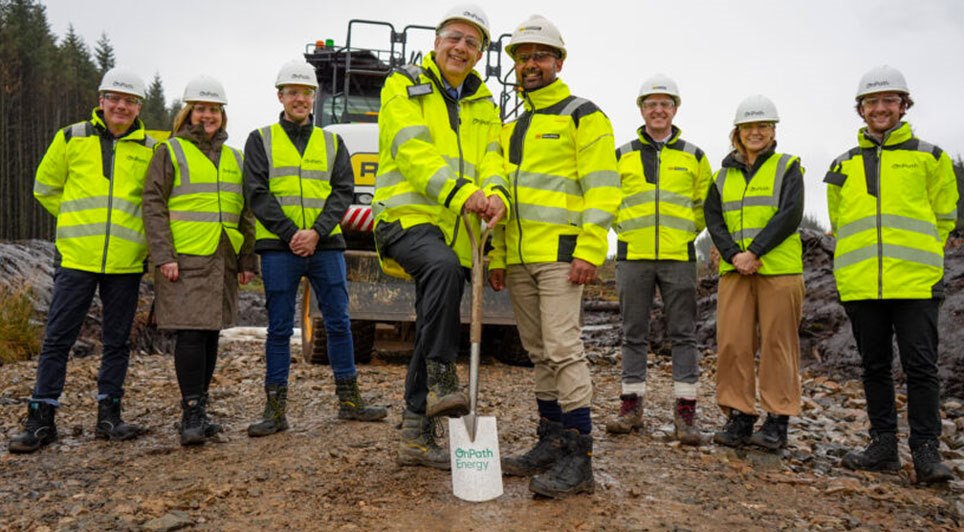
10/07/2025
RJ McLeod has officially begun construction works at the site of £155million Mill Rig Wind Farm in South Lanarkshire, a major milestone for onshore wind set to power approximately 45,000 homes annually.
Developed by UK renewables specialist OnPath Energy, the 33.4 MW onshore wind project is expecte
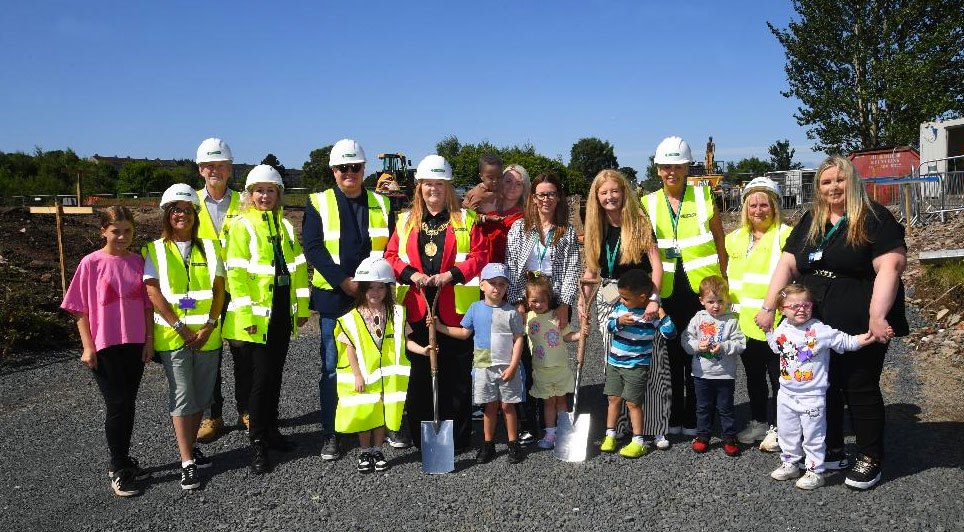
10/07/2025
Work has now officially commenced on the highly anticipated £6.7 million community facility in Milton, Glasgow, which will become the new, modern home for Scaraway Nursery and the vital local charity, North United Communities (NUC).
This state-of-the-art development is slated for completion by sum

10/07/2025
Construction of Bishopbriggs' new £31.5 million Balmuildy Primary School has taken a significant step forward as essential enabling works commence this summer, strategically timed during the school holidays to minimise disruption.
These preparatory activities will pave the way for the main build t
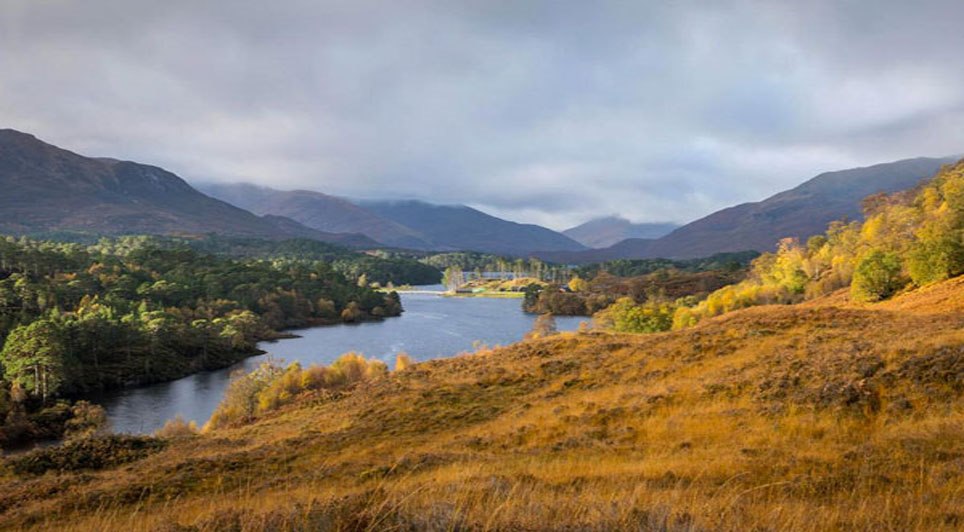
10/07/2025
Cumbernauld's urban landscape is poised for a significant transformation following the green light and nearly £3 million in funding for a new five-year wildlife restoration project.
Titled 'Nurturing Natural Connections', the initiative promises extensive tree planting and wildflower sowing, aimin
 Scotland
Scotland UK
UK Ireland
Ireland London
London











